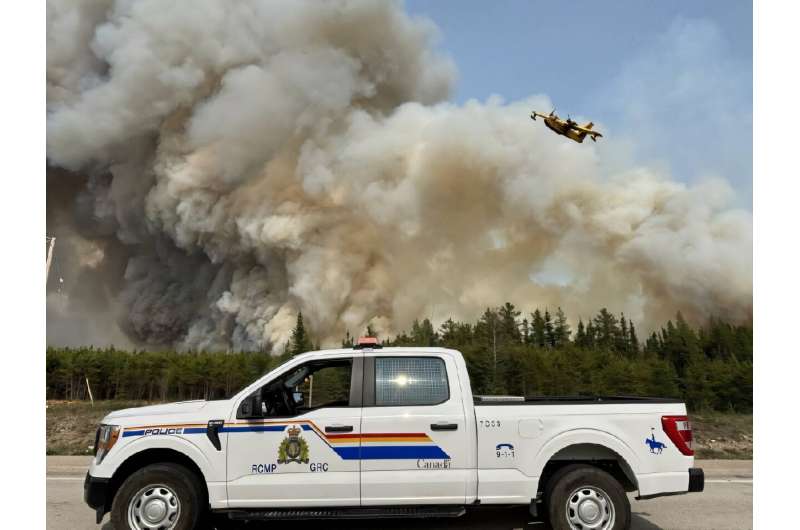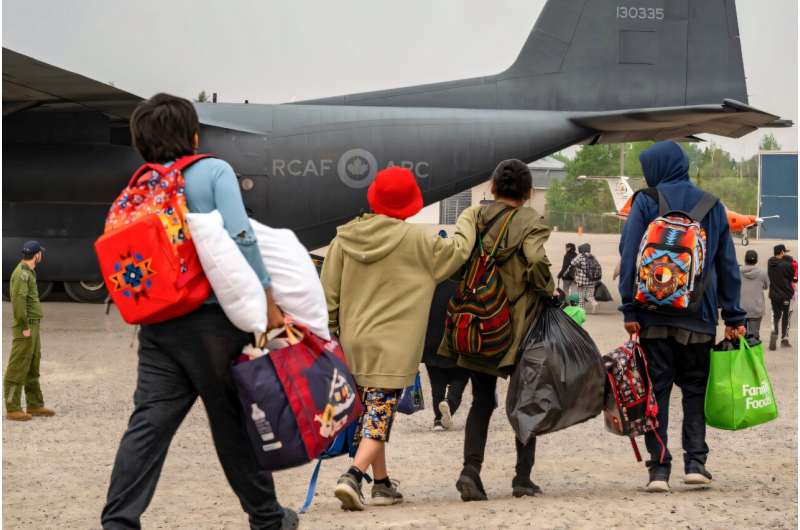In the vast expanses of Canada, nature is showcasing its fierce power once again as wildfires blanket the landscape. This year, with more than 220 blazes raging, Canadians are uniting to face the challenges posed by these fiery infernos, igniting hope amidst the adversity.

As summer unfolds, this year’s fire season is shaping up to be alarmingly significant, especially for regions like Saskatchewan and Manitoba, which declared a state of emergency following a tumultuous start to the season. So far, over 3.3 million hectares—an area akin to the entire country of Belgium—have fallen prey to the flames.
Early Turbulence
It’s a heart-wrenching reality as fires flare up daily, with many sparked by unintentional human actions, while others are ignited naturally by lightning. The western provinces, especially Alberta and British Columbia, are grappling with mega wildfires that spread rapidly, leaving many on high alert.
Researchers like Marc-Andre Parisien from the Canadian Forest Service describe this situation as “spectacular” yet concerning, as communities brace themselves for the possibility of maximum fire alerts and mobilizations that could include military evacuations.

The Rising Heat
What makes this situation more complex is the ongoing climate crisis. “Canada is warming at a rate twice that of the global average,” noted Hossein Bonakdari, a professor at the University of Ottawa. The evidence is clear: milder winters and earlier summer conditions have made it easier for wildfires to thrive.
With ground conditions already ripe for forest fires, hot and dry weather has further exacerbated the problem, causing widespread concern among researchers. Their predictions suggest that these fires could endure for weeks, or even months, as smoldering embers become re-ignited with rising temperatures.
Future Uncertainty
As we forge ahead, questions loom over the long-term impact of repeated fire seasons on both the environment and communities. After experiencing a third consecutive year of severe wildfires, thousands of evacuees are feeling the strain. The ecological consequences are significant too; the forests that once thrived now face challenges regenerating, transitioning into prairie landscapes in some areas.
For instance, the Shoe Fire in Saskatchewan has spread across over 500,000 hectares, a stark indicator of the severity faced this early in the season. “This is even more serious than last year,” Boulanger added, highlighting the urgency of the matter.
But amidst these trials, Canadians are known for their resilience and community spirit. As support and aid flow in from neighboring countries like Australia and the United States, there’s hope that together, they’ll create pathways to recovery and healing from these overwhelming fires.
© 2025 AFP
If you would like to see similar science posts like this, click here & share this article with your friends!

